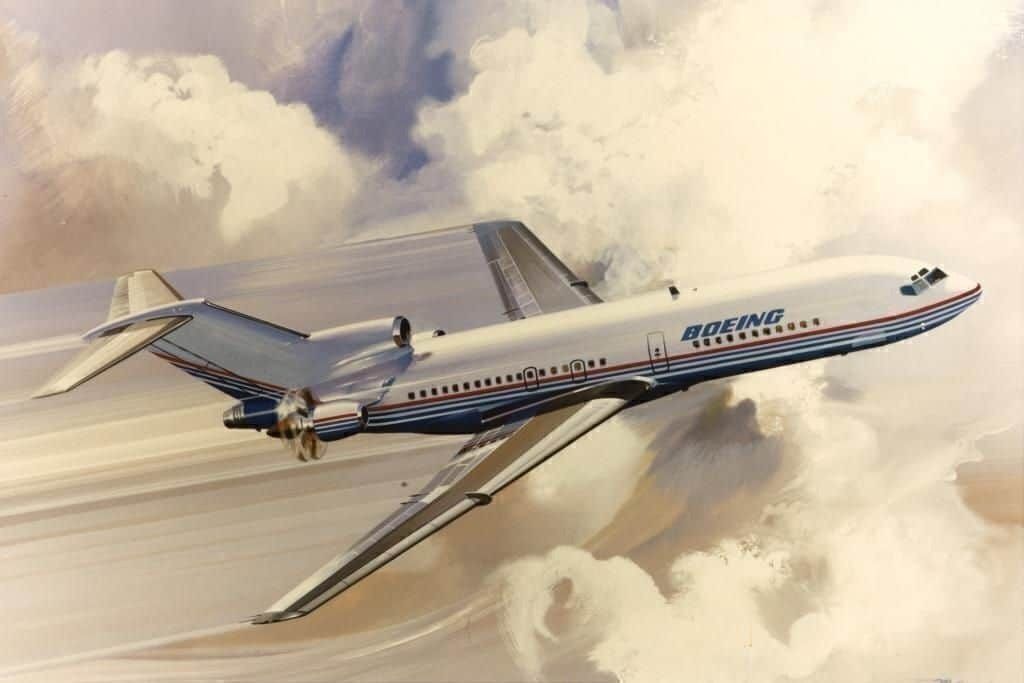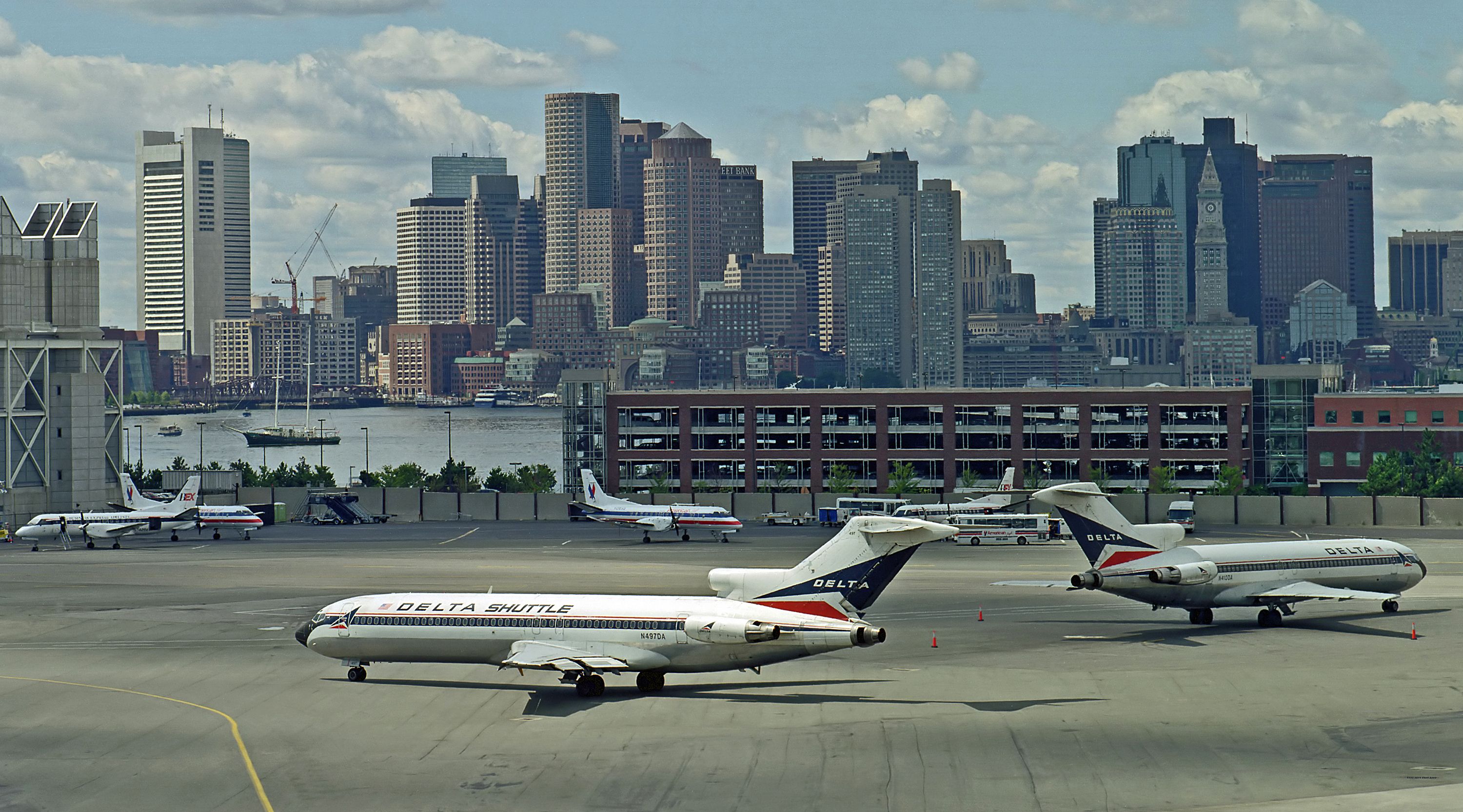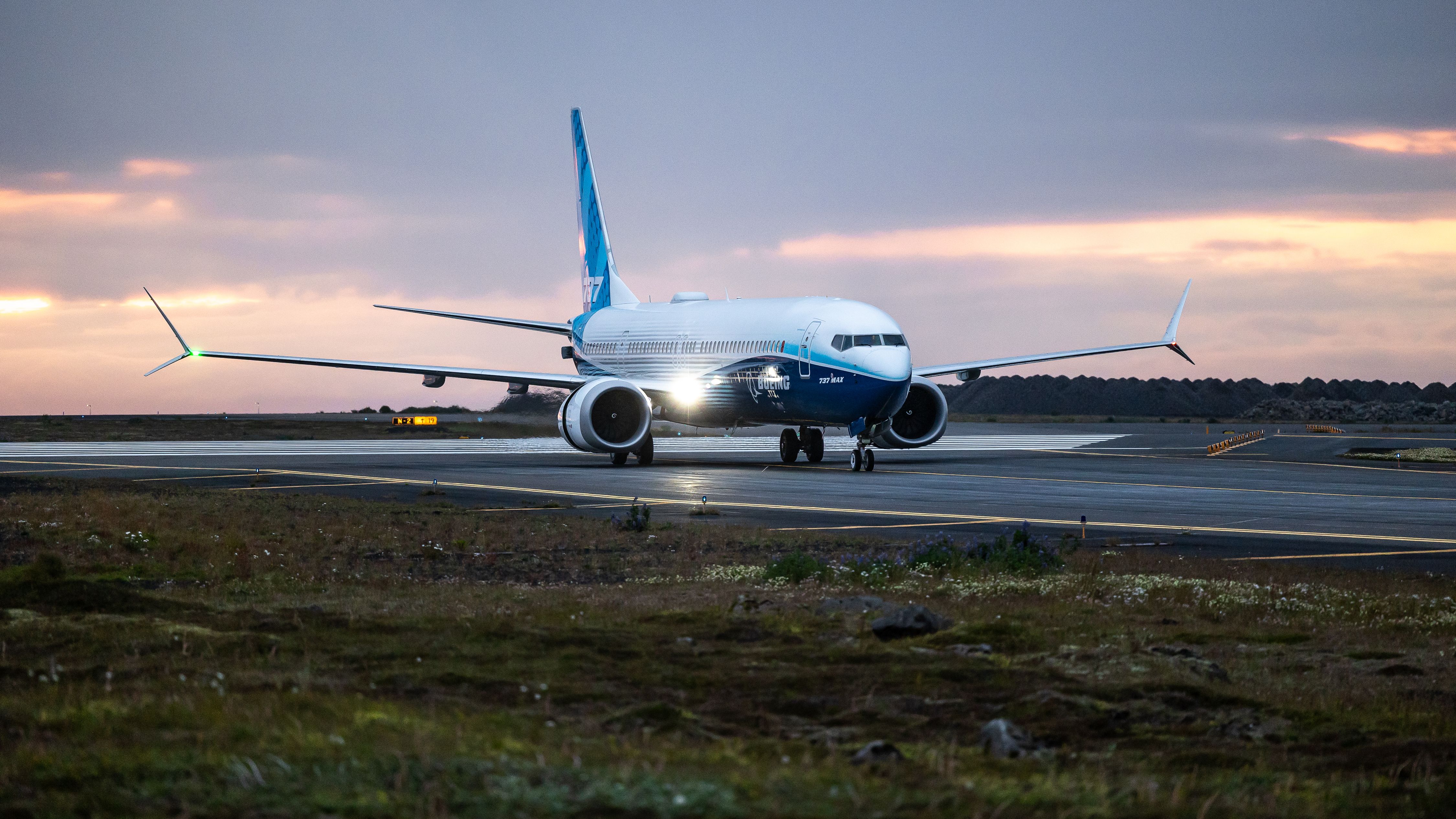Boeing's aircraft have become iconic throughout the years. However, as much as we are acquainted with the 727, 737, 777, etc., the manufacturer also, once upon a time, thought up airplanes that never made it further than an engineering dream and a drawing board. For instance, Boeing very seriously considered a double-decker superjumbo to rival Airbus' A380, designated the 747X. There were also ideas for a supersonic Boeing 2707 with a cruising speed of Mach 2.7, a project envisioned in the 1960s to compete with Concorde.Boeing, although it was not the first company with a jet on the market, can be considered to have ushered commercial aviation truly into the jet era with the 707, when the first Pan Am flight took off from Idlewild Airport (now JFK) to Paris. However, did you know that the planemaker also had plans for a short-to-medium-range propeller passenger aircraft as late as the 1980s?The plane was designed to operate commuter traffic between cities and carry 150 passengers. It was intended to enter service by 1992. Let's explore the history, such as it is, of the Boeing 7J7 project.
Humble beginnings
The Boeing 7J7 started out in 1983 as the second attempt at replacing the Boeing 727. Boeing had built the 757 earlier, but sales were weak following airline deregulation in the United States. Airlines had discovered that increased frequencies were more popular with passengers than bigger capacity aircraft (like the 757). Between cities like New York and Chicago, airlines were flying the smaller Boeing 727s and 737s hourly rather than operating big planes less frequently.
Additionally, with the Boeing 727 set to be retired, Boeing found itself with a gap in its portfolio. The Boeing 737-100 only carried around 118 passengers, and the 757-200 over 200. Thus, the Boeing 7J7 was conceived as an incredibly fuel-efficient aircraft to operate these short domestic routes and received significant interest from Europe, Japan, and the United States.
Indeed, the Japanese government was so keen that it signed a memorandum of understanding to fund and own 25% of the project if the aircraft was fitted with Japanese turbofans. Boeing, however, would backpedal on this deal and go for the new General Electric gearless unducted fan (UDF) concept. This was only revealed at a Boeing press conference and reportedly shocked the Japanese investors. This choice would push back the entry into service to the 90s.
Get the latest aviation news straight to your inbox: Sign up for our newsletters today.
The aircraft was revealed to the world officially at the 1985 Paris Air Show, with Boeing taking orders in 1988, and final entry into service was set for 1992. You can see a mock-up during the presentation at the 1987 Paris Air Show in the video below.
Design problems
Japan would come around eventually, and join several other partners and private firms to fund the project. The name of the aircraft was changed from 7-7 to 7J7 to reflect the Japanese influence.
Scandinavian triple flag carrier SAS met with Boeing in 1986 to inspect work on the project and dangled the prospect of a huge order (and thus became the launch partner of the type). They also wanted to have an option for a 2-2-2 configuration onboard the aircraft, and a 7-across economy (presumably in a 2-3-2 split). As you may have heard in the video above, the cabin was to be 188 inches wide. That is 32 inches wider than an Airbus A320, but 10 inches narrower than Boeing's 767.
Boeing initially offered two different models of the 7J7:
- 7J7-100 - 150 seats
- 7J7-110 - 100-110 seats, a smaller version of the original airframe
However, it was later leaked that Boeing was going to offer the smaller 7J7 with turbofans (you can see similar engines in the image below) and the bigger one with ducted engines. This was confirmed in 1987 when Boeing canceled the smaller 7J7 to expand the Boeing 737 range instead and then replaced the fated GE concept engines with turbofans.
This confusion and flip-flopping on a design made airlines wary of investing in the product. Additionally, the new turbofan engines may have been very noisy and had not yet been proven. Reportedly, Boeing had neglected to consult with airlines on the design (which they would then rectify with the Boeing 777) and was initially surprised by the lackluster reaction when it started to market the 7J7.
Stalling production
By May 1987, Boeing did have two major airlines interested in the product. British Airways wanted 35 7J7s to replace their 737-200 aircraft, and American Airlines wanted 100 units of a stretched version of the 7J7. SAS was still interested in being the launch partner and said they would have the biggest fleet of the type in the world.
But later that very month, before any deals could be inked, Boeing pushed back the certification from 1992 to 1993, claiming at the time that they could not decide between a 140 seater or a large 170 seater. This was due to the difference in preference between British Airways and SAS (who wanted the smallest version) and American Airlines (who wanted the biggest version).
To make things worse, if Boeing went with the bigger version (170 seats), the fabled engine they had committed to would not be able to power a further stretch. Finally, in 1988, Boeing 'paused' the development of the Boeing 7J7, citing that they needed to rethink the market. Boeing would encourage American Airlines to buy the Boeing 757 instead and would further develop the Boeing 737 to fill up to 200 seats over the next few decades.
Insiders at Boeing have claimed that the project was slowly killed in the 90s to try and pave the way for an expanded Boeing 737. Had the Boeing 7J7 been built, who knows, we may not have seen the rise of the Boeing 737 as one of the world's most popular aircraft.
Love aviation history? Discover more of our stories here
What were the aircraft's specifications?
Based on the mockup, we know that the aircraft had the following specs:
- Passenger Capacity: 147-166
- Length: 87 ft 8 in (26.72 m) cabin, 124' 11" (38.1 m) fuselage, 143' 11" (43.9 m) airplane
- Wingspan: 121 ft (37 m)
- Height: 35 ft (11 m)
- Wing area: 1,365 sq ft (126.8 sq m)
- Empty weight: 97,380 lb (44,170 kg)
- Max. takeoff weight: 159,000 lb (72,120 kg)
- Cruise speed: Mach 0.83
- Range: 2,250 nmi-4,250 nmi
The concept of the 7J7 may have never gone ahead, but much of the research and development was pushed into other Boeing products like the Boeing 777. The Japanese partnership would extend into the Boeing 787 program.
What do you think? Should Boeing have built this aircraft? Let us know in the comments.




